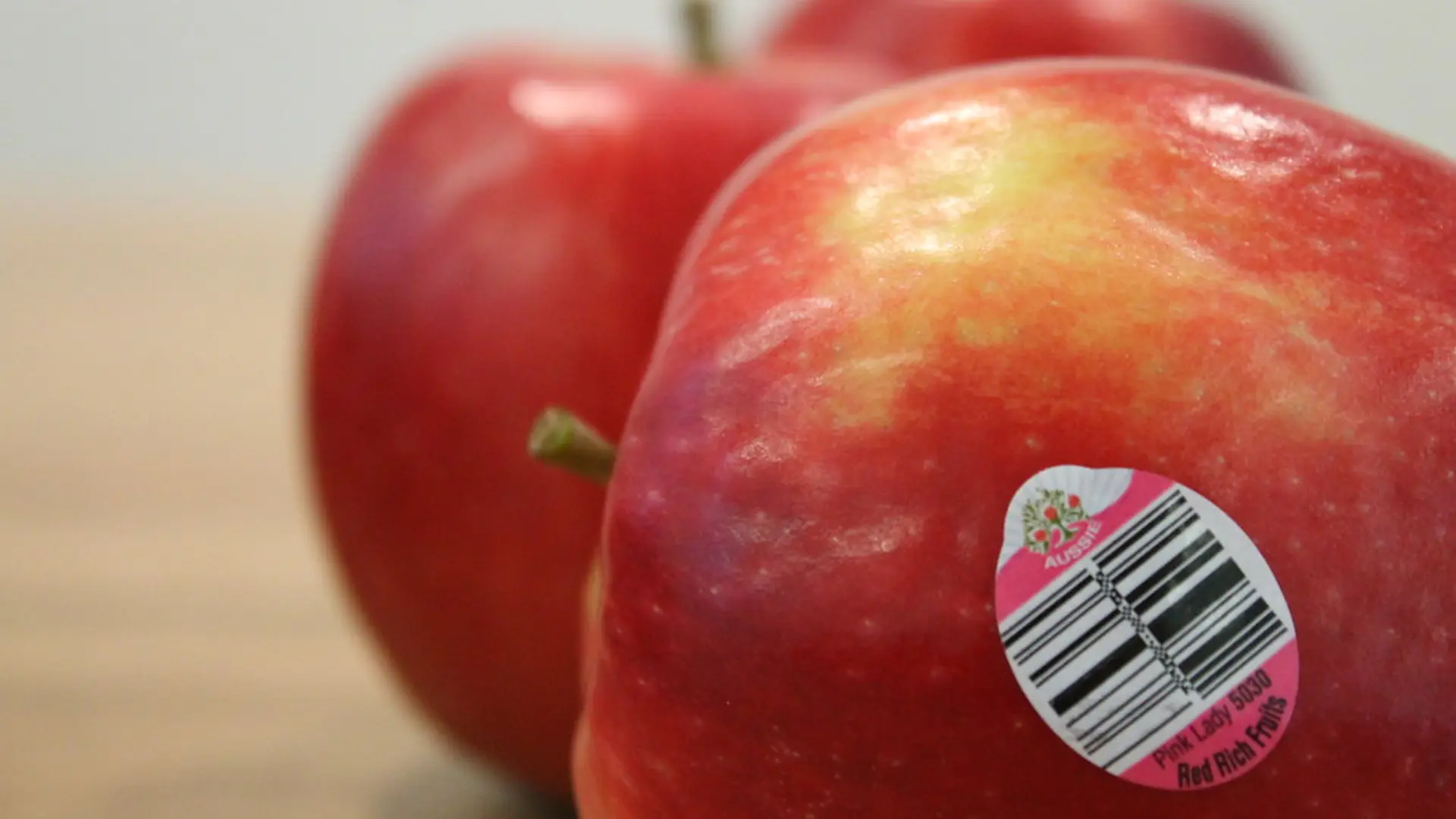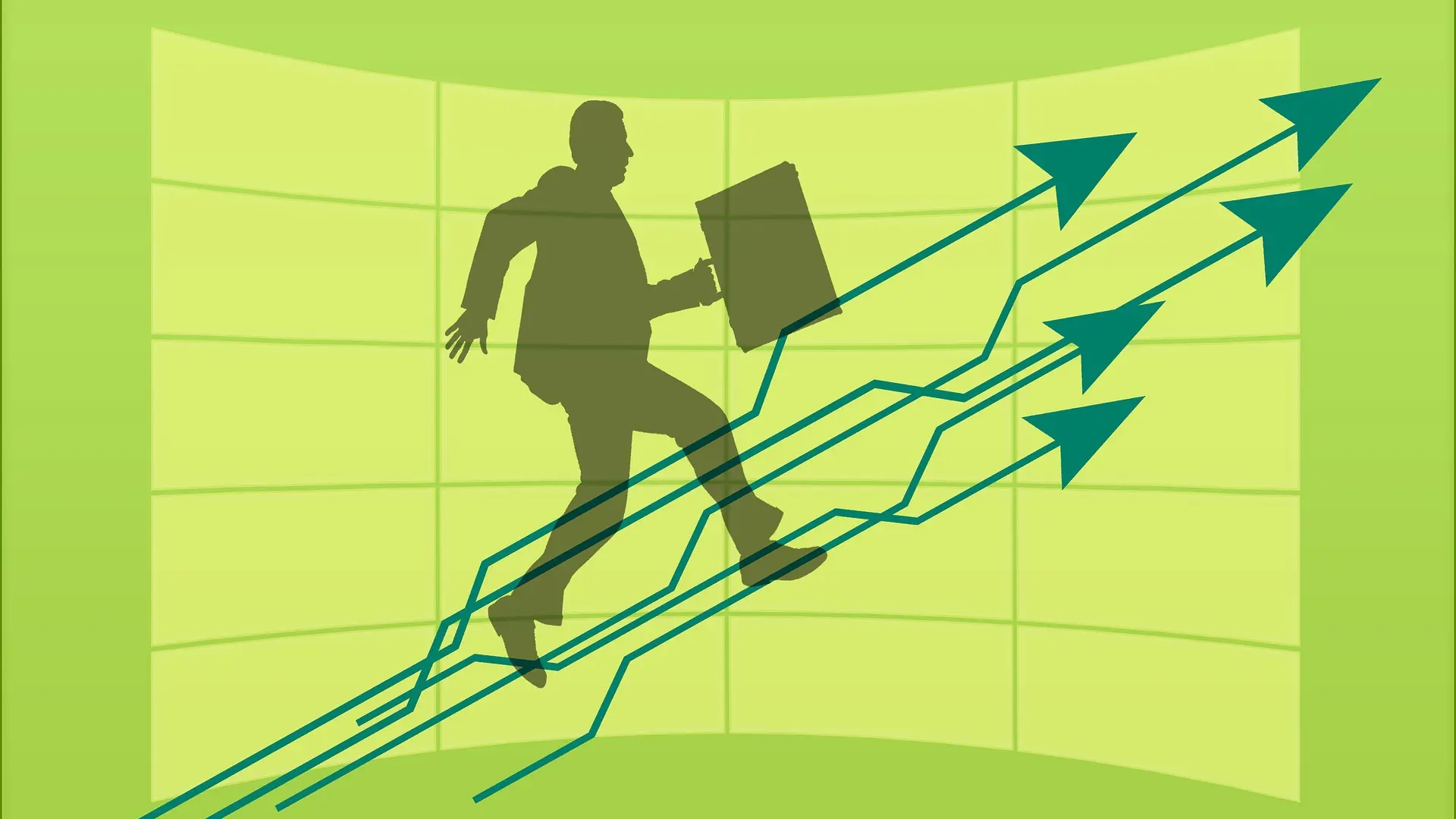

How habituation can kill a great product design?
There is a dialogue in Scent of a Woman, where Al Pacino says, “The day you stop looking is the day you die".
In the context of product design too, Al Pacino is spot on. To stop looking or noticing products and their designs, and ignoring the way users interact with them, is not wise on our part.
I happened to watch an intriguing video recently. It was a TED talk given by Tony Faddell on the importance of noticing, in the context of product design ofcourse. His approach was experiential, and he truly highlighted the key points.
As per my undertstanding, these were some of the questions that Tony addressed:
When we stop noticing, what goes inside us psychologically? How does not noticing affects the skills and perception of a product designer? How does User Experience suffer because of this?
So what’s the psychology behind this?
Repeated experiences lead to repeated responses and a kind of acceptance. This acceptance and this tendency to get into a comfort zone is termed as Habituation. We simply go through motions and fail to see the details of the product. We fail to see how relevant or irrelevant the product is becoming.
I was so impressed with the example he gave to make us understand what Habituation is and does.
We all go to supermarkets to buy groceries and fruits. Haven’t we all become so habitual of seeing those barcode stickers on fruits, say Apples? I am sure you all would agree to this. Such stickers do serve the purpose for supermarkets as the payment process becomes rather quick and convenient but for customers, they are really annoying.
Just imagine. You go home, pick up that good looking apple, and the very first thing that you do is - Scratch off that label. It literally kills the joy of devouring a juicy apple. I can vouch for it from my own experience.
But despite all that, what happens? We become habituated to this annoying experience. We end up scratching off the label so many times that we resign to things the way they are.
Let’s dig further, this whole habituation business
Habituation is not always a bad thing. It is actually a tool of survival in many ways, and this makes sense too. We can’t be using our brains at the hightest capacity at all times. We can’t be aware of every single detail at all times. Habituation allows us to ignore certain details that might be irrelevant, to carry out everyday tasks like driving a car, riding a bicycle, and many more.
Now here’s the thing. When we ignore the details, it is not always to ignore the irrelevant stuff, but we also ignore the details related to bad experiences, like in the case of Apples with labels.
So what we are doing exactly? We are ignoring the problem and not thinking about a solution, so that we can remove the label from the fruit but keep the purchasing process simple at the same time.
Now lets understand this in the context of product design and user experience.
As a product designer, if you buy into the concept of habituation, you will wait for users to get habituated to your product, no matter how flawed the design is.
It’s a myopic approach and won’t allow you to innovate.
But if you truly are a trailblazer and want to set new trends, you must look and guage your design dispassionately, to better it with changing times. Even if users have habituated to bad experiences, you must know what’s best for them and give them that. It’s about trying to make the design and the process as simple as possible.
Let’s look it from a different angle now. Even if users become accustomed to your product with all its flaws, subconsciously they are looking for alternatives. It’s just that they have been rendered helpless by habituation. And they are not looking for techtonic changes in the product design, just the little ones.
So if there is a product or service which is even slightly better than yours in terms of UX, then users will shift to it without giving it a second thought.
On your part, you need to stay away from the temptations of habituation yourself. Here are the three mantras that will help you:
Look Broader
You must have read or heard, “Look at the bigger picture”. If you are in front of a wall, you must behold the enirety of it.
There was an energy crisis in the 70’s, when designers re-engineered thermostats. Users could customize the settings to save energy as per their needs. But as many people couldn’t predict their needs, the newer version of the prodcut failed to generate savings. Later, machine learning was used in thermostats, which completely eliminated the role of users. This was an effective solution that saved both energy and money.
Look Closer
Once you have seen the wall from a wide angle, it’s time to look at the details by going closer to it.
There was a firm that provided three different screws in the kit, so that customers could mount items on the wall. Customers who weren’t used to such stuff, got confused regarding which screw to use. But because the designers could ‘Look Closer’, they created a universal screw, which turned things around and increased the sales.
Think Younger
The more you experience life situations, the more you grow old, the more you are prone to habituation. Therfore, young people are organically insulated to any kind of habituation. They don’t take things for granted. So its important for you to atleast think young.
Conclusion
You shouldn’t use habituation as an excuse to justifies a bad user experience. The bigger purpose is to create superlative user experiences for customers through cutting-edge product designs.
It’s good that your users get habituated to the good UX of your product, but never stop the pursuit to better those experiences.
Do share your stories or videos regarding your tryst with habituation in the comment section. We would love to hear them out.







